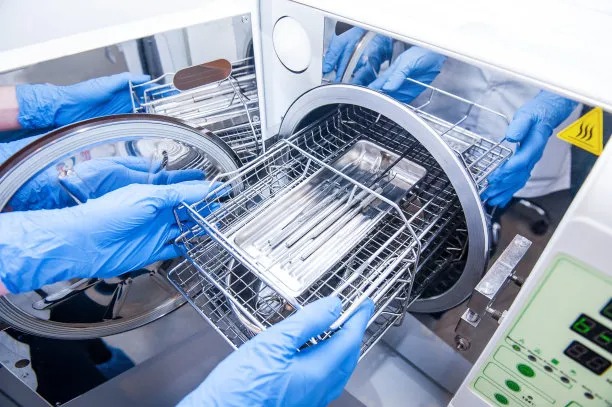Revolutionizing Oral Health The Evolution of Dental Implant Treatment
Summary: Revolutionizing Oral Health: The Evolution of Dental Implant Treatment explores how advancements in dental implant technology have transformed oral health care, offering a comprehensive overview of its impact and benefits.
1. Evolution of Dental Implants

Dental implants have come a long way since their inception, with significant improvements in materials, techniques, and success rates. The evolution of dental implants has revolutionized the field of dentistry, providing patients with a more reliable and natural-looking option for tooth replacement.
The introduction of titanium implants in the 1960s marked a significant milestone in dental implant technology, paving the way for modern implant designs that are biocompatible and durable. This breakthrough has significantly enhanced the longevity and success rates of dental implants, making them a preferred choice for both patients and dental professionals.
Advancements in 3D imaging, computer-aided design, and manufacturing have further improved the precision and predictability of implant placement, resulting in more efficient procedures and better outcomes for patients. The continuous evolution of dental implant technology continues to drive innovation in oral healthcare, offering new possibilities for restoring oral function and aesthetics.
2. Benefits of Dental Implant Treatment
Dental implant treatment offers numerous benefits compared to traditional tooth replacement options such as dentures or bridges. One of the primary advantages of dental implants is their ability to prevent bone loss in the jaw, maintaining the integrity of the facial structure and supporting overall oral health.
Implants also provide superior stability and functionality, allowing individuals to chew, speak, and smile with confidence. Unlike removable dentures, dental implants are fixed in place and do not require adhesives or special cleaning routines, offering greater convenience and comfort for patients.
In addition, dental implants are designed to mimic the natural appearance and function of teeth, blending seamlessly with the surrounding dentition. This aesthetic advantage contributes to improved self-esteem and quality of life for patients who undergo implant treatment, enhancing their overall well-being.
3. Technological Innovations in Implant Dentistry
The field of implant dentistry continues to evolve with the integration of cutting-edge technologies, such as digital scanning, guided surgery, and virtual treatment planning. These innovations enable dentists to precisely assess patients oral anatomy, design customized implant restorations, and optimize surgical outcomes.
Computer-guided implant placement utilizes 3D imaging and virtual simulations to plan the optimal position and angle for implants, ensuring greater accuracy and success rates. This approach minimizes the risk of complications and promotes faster healing, making the implant procedure more efficient and less invasive for patients.
Furthermore, advancements in implant materials and surface coatings have enhanced osseointegration, the process by which implants fuse with the surrounding bone tissue. This promotes long-term stability and durability of dental implants, leading to improved clinical outcomes and patient satisfaction.
4. Future Trends in Dental Implant Treatment
The future of dental implant treatment is shaped by ongoing research and development in areas such as regenerative medicine, tissue engineering, and biomaterials science. These fields hold the potential to enhance bone regeneration, soft tissue integration, and implant longevity, opening new possibilities for personalized and regenerative implant therapies.
Emerging technologies like 3D bioprinting and stem cell therapy offer exciting prospects for creating bioengineered implants that closely mimic natural teeth and tissues. These techniques may revolutionize the field of implant dentistry, enabling the fabrication of patient-specific implants with enhanced biocompatibility and functional outcomes.
As the landscape of oral healthcare continues to evolve, dental implant treatment is poised to play a pivotal role in transforming the way we approach tooth replacement and oral rehabilitation. By embracing innovation and advancing research in implant technology, dentistry can revolutionize oral health outcomes and provide patients with long-lasting solutions for restoring their smiles.
Summary:
Revolutionizing Oral Health: The Evolution of Dental Implant Treatment highlights the transformative impact of dental implants on modern dentistry, showcasing the benefits, innovations, and future trends shaping the field. This comprehensive overview underscores the crucial role of dental implant treatment in revolutionizing oral health care and enhancing patient outcomes.
This article is compiled by Vickong Dental and the content is for reference only


